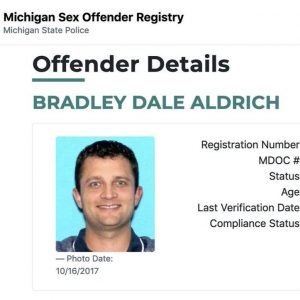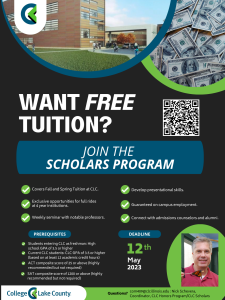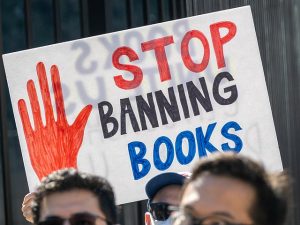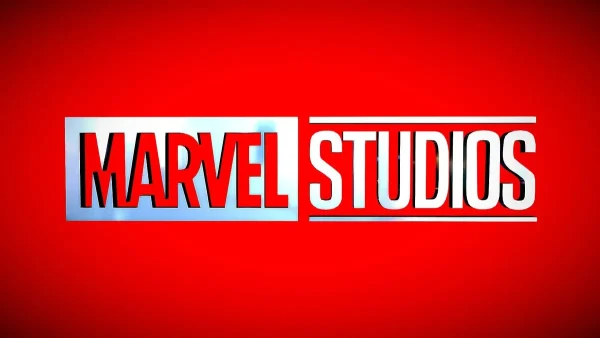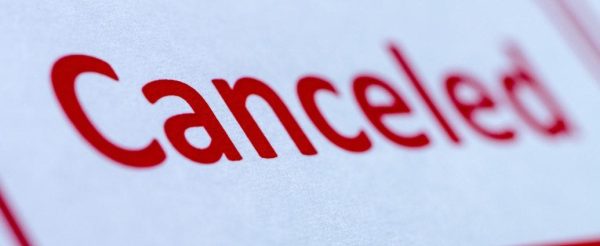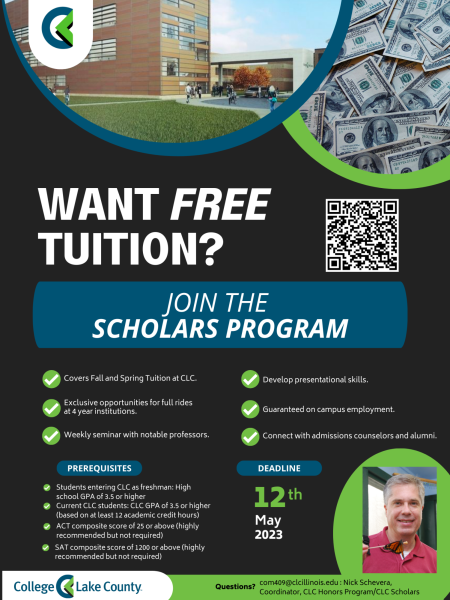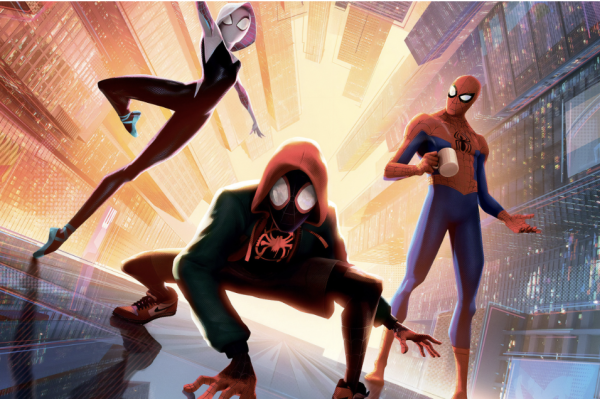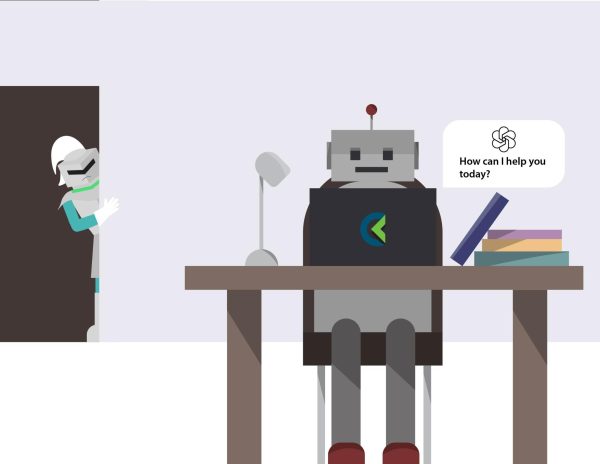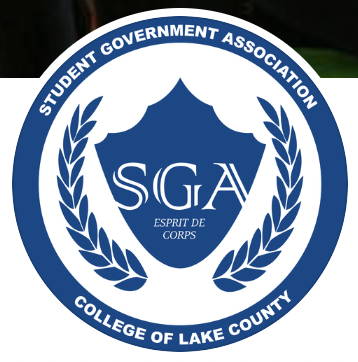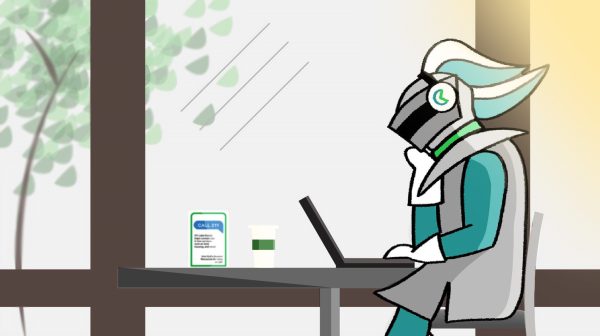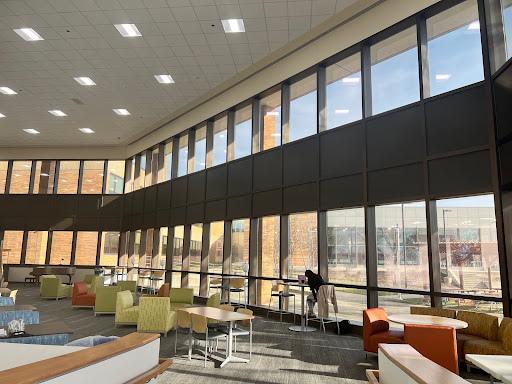Students: Why you should claim your free New York Times subscription
February 4, 2021
We’ve probably all experienced the pain of searching something up, finding the perfect article for your question, only to click on it and be told you have to pay to continue.
I’ve gotten very adept at clicking the back button as websites ask me to stay and make an account, but what I didn’t know was that the CLC library offers full access to the New York Times to all students.
Follow the graphic below to get full access to the New York Times.
You can also access archives of the Chicago Tribune, Wall Street Journal, Washington Post, and, of course, many other research options through the college library.
There are many compelling, and perhaps obvious, reasons to take advantage of this, but since the Pew Research Center has found young people’s primary news source is social media, it seems essential to explain those reasons.
“There’s been an emphasis on not trusting the mainstream media sources, like The New York Times,” says sociology professor Frederic Hutchinson, “They’ve been bashed as fake news, and I think that’s quite unfortunate.” Nonetheless, he says, the best sources to follow are those with “large staffs” and “reputable sources” found in the mainstream news.
“To engage as a citizen, it’s important to have information,” Professor Hutchinson told me. “We have to seek out that information,” he added.
While it can be tempting to buy into the fear of fake news (and you’d be right to question what you read), the past year has shown us how important it is to have accurate information.
The Department of Homeland Security, for example, recently reported warnings of a “heightened threat” of domestic terrorism, due in part to “perceived grievances [with the presidential transition] fueled by false narratives.”
Conspiracy theories and fake news drove an angry mob to storm the capital, and have begun to take over our politics, as demonstrated by politicians around the country still claiming President Biden’s victory was fraudulent.
It’s hard to know who to trust when both sides claim the other is dishonest. Nonetheless, The New York Times has long been a bastion of credibility. Despite their reputation being called into question by President Trump and his supporters, their reporting has always been dependable.
The key advantage the Times, and a few sources like it, have over most mainstream news is that subscriptions, not advertising power it.
For sites and TV stations that run on advertising, their revenue is maximized by attracting the most attention, often by concocting misleading headlines, leaving out vital information, or outright lying to readers.
However, subscription-based news sites like the New York Times are not aiming for clicks from social media but trying to educate their subscribers.
Subscribers can hold the Times to a higher standard of reporting as well, as erroneous reporting will quickly lead to readers abandoning them for better sources.
Lastly, while a free Times subscription is a great benefit, one news source isn’t necessarily enough. “It’s important to have diverse sources of information,” said Professor Hutchinson.
The New York Times can be biased like any other news source, but a variety of voices in your news feed will help get the full story.
Following the news during the digital age isn’t always as simple as just watching the evening news or reading the morning newspaper, making it all the more critical that you do your job as a citizen to stay informed and slow the spread of disinformation.



